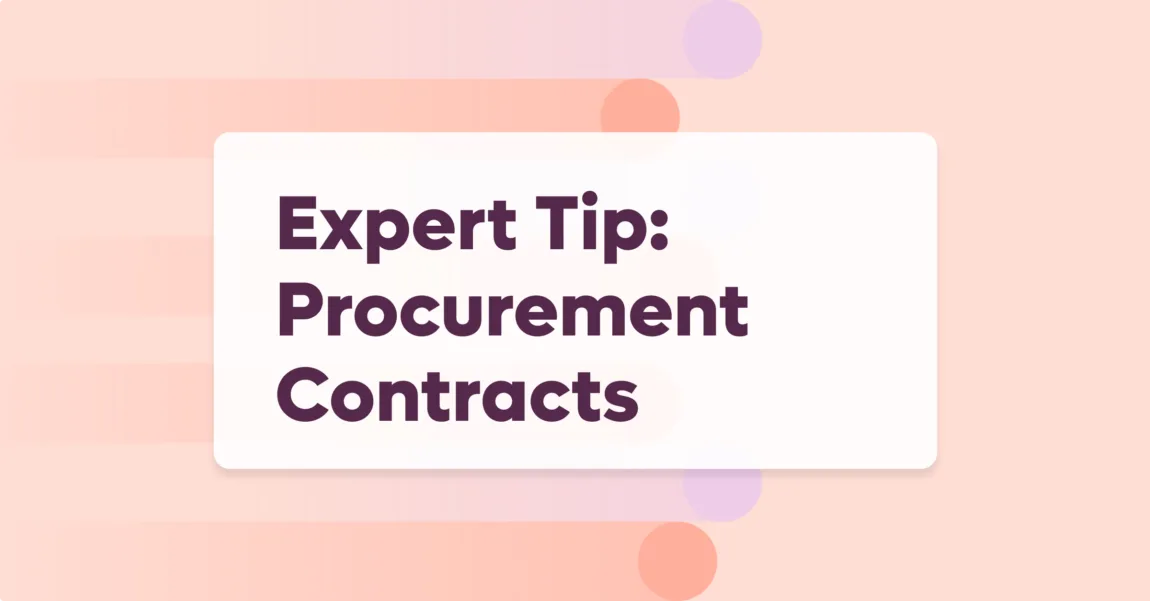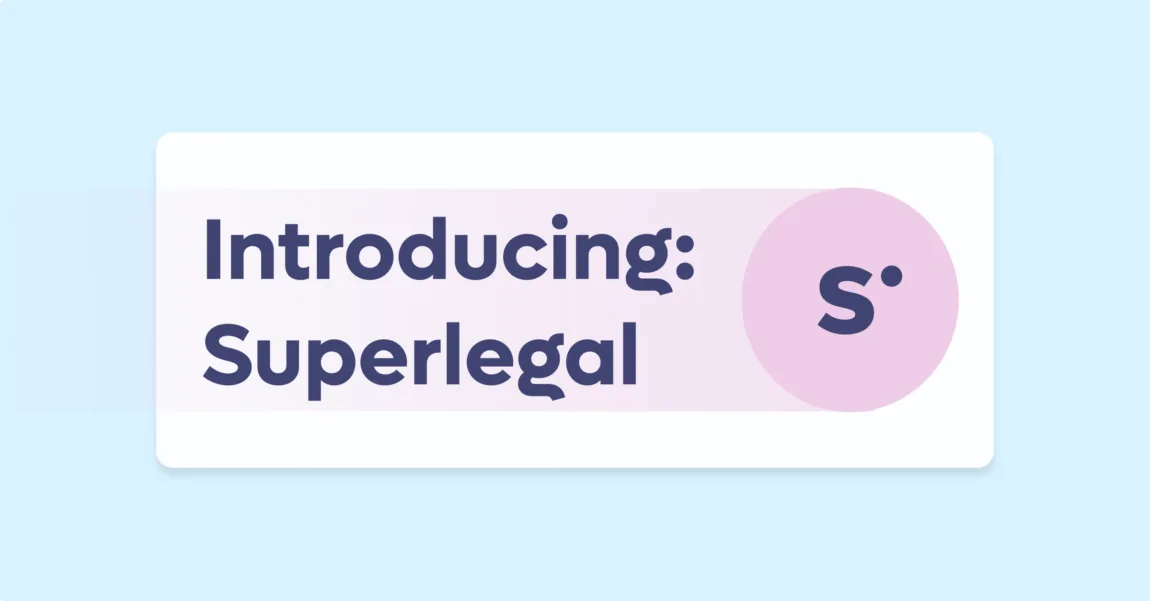Every business wants to complete projects with the minimum cost and maximum profit. So for any project, the first decision is whether the project can be completed using internal resources or whether outside vendors need to be hired. When outside vendors need to be hired, they are hired through a procurement process.
The procurement process
The “procurement process” simply means the process a company goes through before they sign a contract with an outside vendor for services. These services might include hiring outside designers, website builders, consulting services, HR advisors, or engineers. A small or mid-sized technology company may have just one person signing off these agreements. Larger companies may have a team of people and require input and approval from a large group of people.
When might you need procurement?
Bringing in an outside vendor is a cost-effective way to avoid the time, money, and stress of hiring new talent or training workers to perform work they may never have done before. Working with outside vendors allows your team to focus on high-value work.
If any of the following apply to your company, you may want to bring in an outside vendor:
- Your team lacks the necessary skills to complete a task.
- Your team lacks the necessary resources to complete a task.
- Your team wants to avoid the time and money needed to train people who have better things to do.
- There is not enough demand to hire someone internally.
- Obtaining the services through an external vendor is substantially less expensive than using internal resources.
What are procurement contracts?
A procurement contract is a written agreement between a buyer and a seller in which the buyer commits to buy services and the seller commits to provide services in exchange for compensation. A procurement contract binds two or more parties and lays out pricing, payment terms, delivery terms, each party’s responsibilities, and other legal terms and conditions.
The use of the right procurement contract terms can have a direct impact on a company’s profits.
Most common procurement contracts
The following are the most common procurement contracts:
Fixed-price contracts
Also referred to as a “lump sum” contract, this contract type is the best strategy to keep expenses down when someone knows the exact scope of work. This contract ensures that the company only pays a fixed cost (set in advance) for the service.
Some benefits of fixed-price contracts include:
- The seller must complete the service within the specified period, ensuring that the job is done on time.
- Setting the price in advance makes it easier to control expenses.
- Seller bears the majority of the risk.
Additional payment structures may include the following:
Fixed Firm Price: If costs rise for any reason, the seller is accountable for the difference.
Fixed Price Incentive Fee: Buyer provides a monetary incentive for the seller to do a better job or finish the project ahead of schedule.
Cost reimbursable contracts
Also known as “cost dispersible” contracts or “cost-reimbursement” contracts, this contract type is best when the project scope is unknown or expected to change. Payment is often based on the seller’s overall performance.
Some benefits of cost-reimbursable contracts include:
- The seller is incentivized to exceed project objectives.
- The seller is incentivized to deliver on time.
- The seller is incentivized to keep the project at or below budget.
Additional payment structures may include the following:
Cost Plus Fixed Fee: This is the reverse of a fixed firm price contract. Here, the buyer bears all of the risks. The buyer agrees to compensate the seller for all extra costs, plus a fee that is not based on cost performance. This is often used when the project is deemed high-risk and there is concern about attracting vendors.
Cost Plus Incentive Fee: This is the reverse of a fixed-price incentive contract. Once again, the buyer bears all the risk. The seller is reimbursed for his expenses but receives a performance-based fee. This is usually a fixed percentage of the money saved by the buyer as a result of the seller’s performance.
Cost Plus Award Fee: Here, payment is calculated based on how effectively the buyer believes that the seller achieved the performance goals. Since payment is entirely subjective, it cannot be changed. In this type of contract, It is very important that the language used must be crystal clear.
Cost Plus Percentage of Cost:
Payment covers all of the seller’s actual expenses plus a fixed percentage for profit or overhead, which is applied to the actual costs incurred. Be careful, in these contracts, there is an incentive for sellers to increase their actual expenses to raise their profit margins.
Conclusion
The use of the right procurement contract terms can have a direct impact on a company’s profits. It is important to choose the right contract type (and terms) in order to make sure that the project stays on budget and is performed at the highest standards. And to avoid disputes or hidden costs, be certain that all the essential clauses are in place and do not contradict your interests.







By entering your email, you agree to our Terms & Conditions and Privacy Policy.